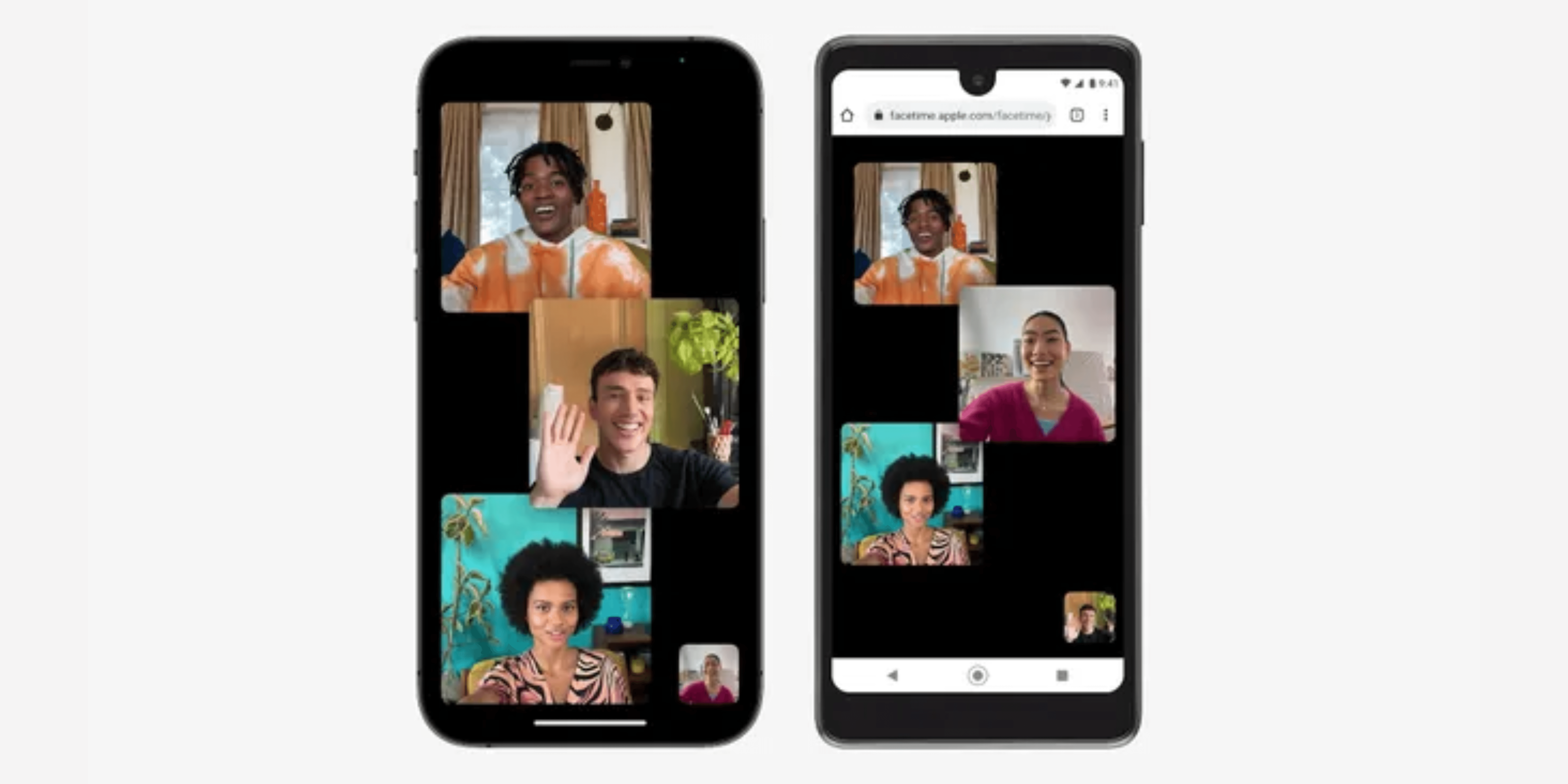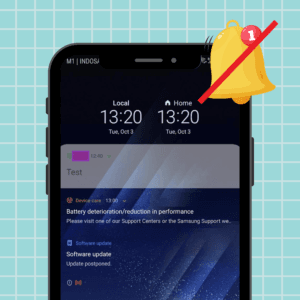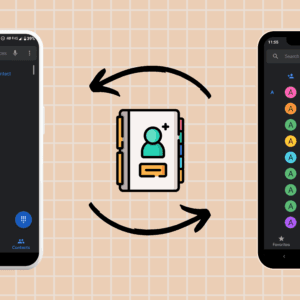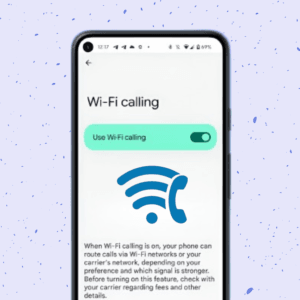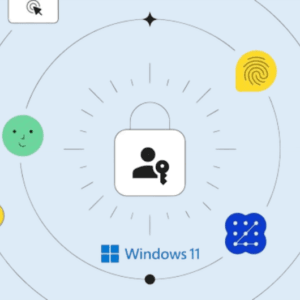If you’ve ever wanted to FaceTime on Android, you’re probably aware of the frustration of being left out of those iPhone-only video calls. But hey, there’s good news! While you can’t use FaceTime itself on an Android device, there are plenty of other ways to jump into video calls with your friends using different apps that work across platforms. So, let’s dive in and get you set up for FaceTime in Android style!
What is FaceTime?
FaceTime is a proprietary video and audio calling service developed by Apple Inc. It allows users to make calls over the internet, bypassing traditional phone networks. Launched in 2010 with the iPhone 4, FaceTime quickly gained popularity due to its high-quality video and audio capabilities and seamless integration with Apple’s ecosystem.
FaceTime works exclusively on Apple devices, including iPhones, iPads, iPods, and Macs. This exclusivity ensures a consistent user experience across devices, although it does limit its availability to those outside the Apple ecosystem.
Also read: How to use filters on FaceTime call.
Features of FaceTime on Android
FaceTiming on an Android phone isn’t exactly the same as on an iPhone, but you still get some nifty features:
1. Video and audio calls: FaceTime offers the flexibility of both video and audio-only calls. Video calls allow you to see the person you’re talking to, making conversations more personal and engaging. Audio calls, on the other hand, are perfect for times when you prefer just to hear someone’s voice.
2. High-quality calls: FaceTime’s standout features are its high-definition video and crystal-clear audio. As long as you have a stable internet connection, the quality of FaceTime calls is generally superior to that of traditional phone calls. This high-quality experience makes you feel as though you’re in the same room as the person you’re talking to.
3. Seamless integration: FaceTime is deeply integrated into Apple’s ecosystem. It works effortlessly across iPhones, iPads, iPods, and Macs. Thanks to Apple’s continuity features, you can start a call on one device and switch to another without dropping the call. This integration also means your contacts and call history are synced across all your Apple devices.
4. Group calls: FaceTime supports group video calls with up to 32 participants. This feature is perfect for virtual family gatherings, business meetings, or casual hangouts with friends. During a group call, the interface highlights the person speaking, making it easy to follow the conversation.
5. User-friendly interface: FaceTime’s interface is designed to be intuitive and easy to use. Starting a call or joining one requires just a few taps. The app’s layout is straightforward, making it accessible even for those who aren’t tech-savvy.
6. Fun effects: To add a bit of fun to your conversations, FaceTime includes features like Animoji, Memoji, and various filters and effects. Animoji and Memoji allow you to create animated characters that mimic your facial expressions, while filters and effects can add a playful touch to your video calls.
Also read: How to mirror your Android device to your TV.
Requirements to FaceTime on Android
Before we dive into the steps, let’s make sure you’ve got everything you need for FaceTime on Android.
- An Android phone with an updated web browser.
- A stable internet connection—Wi-Fi is preferable for the best quality.
- An invitation link from someone with an Apple device using iOS 15 or later.
- A quiet space where you can comfortably chat without interruptions.
Now that you’re all set with the requirements, let’s get to the good stuff.
How to FaceTime on an Android phone
Alright, here’s the step-by-step guide to get you on a FaceTime call using your Android phone:
1. Someone with an iPhone, iPad, or Mac needs to send you a FaceTime invite. This will come as a link via email, text, or any messaging app.
2. Open the link on your Android phone. It will take you to a web page.
3. On the web page, you’ll see a prompt asking for your name. Enter your name in the text field.
4. Tap Continue or Join. You might need to allow the browser to access your camera and microphone.
5. The person who sent you the link needs to approve your request to join. Once they do, you’re in!
And there you go, you’re now on a FaceTime call from your Android phone! Pretty cool, right?
Limitations to using FaceTime on Android
As great as it is to have FaceTime on Android, there are a few limitations:
- No initiating calls: You can join FaceTime calls but can’t start them from your Android device.
- No FaceTime app: There’s no dedicated FaceTime app for Android. You always have to join via a web browser.
- Limited features: FaceTime features like Animoji, Memoji, and SharePlay are unavailable when using an Android phone.
Also read: How to turn off read receipts on Android in Google Messages.
Enjoy the call!
So there you have it—now you know how to FaceTime on Android! It’s not as seamless as on an Apple device, but it’s a fantastic way to connect with your friends and family who use iPhones, iPads, or Macs. Just follow the steps, and you’ll be FaceTiming in no time.
Connecting with loved ones has never been easier, even if you’re on different sides of the Apple-Android fence. Happy FaceTiming!
FAQs
Q. Can I start a FaceTime call from my Android phone?
No, you can only join FaceTime calls on an Android phone. The call must be initiated from an Apple device.
Q. Do I need to download an app to FaceTime on Android?
Nope! There’s no app required. You just need a web browser and an invitation link.
Q. Is FaceTime on Android free?
Yes, FaceTime calls are free. Just make sure you’re connected to Wi-Fi or have a good data plan to avoid any charges.
Q. What browsers can I use to join a FaceTime call on Android?
You can use any modern web browser like Chrome, Firefox, or Microsoft Edge.
Q. Can I use FaceTime on Android without an invitation link?
No, you need an invitation link from someone with an Apple device to join a FaceTime call.
Was this helpful?
Chhavi Tomar is a dynamic person who works as an Editor for The Writing Paradigm. She studied B.Sc. Physics and is currently doing a B.Ed. She has more than three years of experience in editing, gained through freelance projects. Chhavi is skilled in technology editing and is actively improving her abilities in this field. Her dedication to accuracy and natural talent for technology make her valuable in the changing world of digital content.
